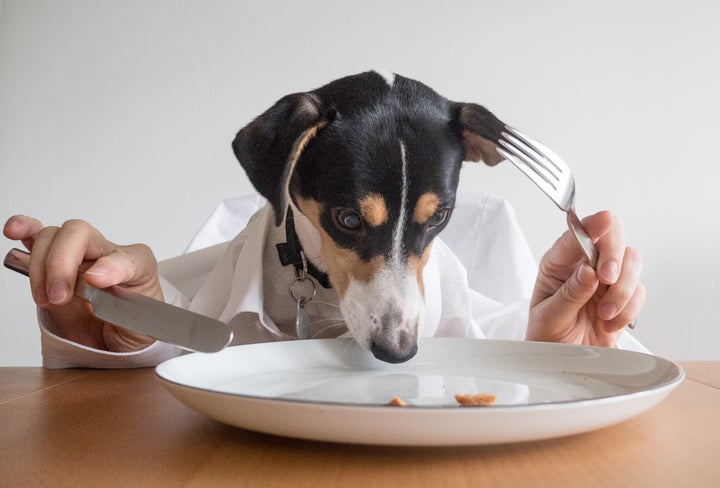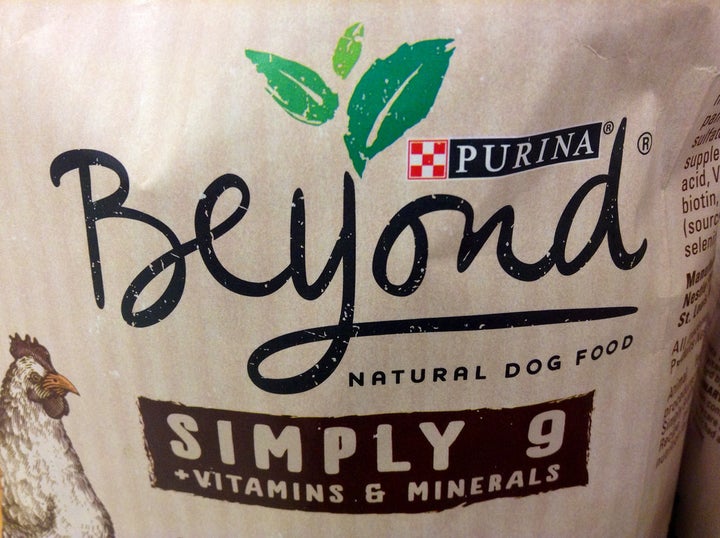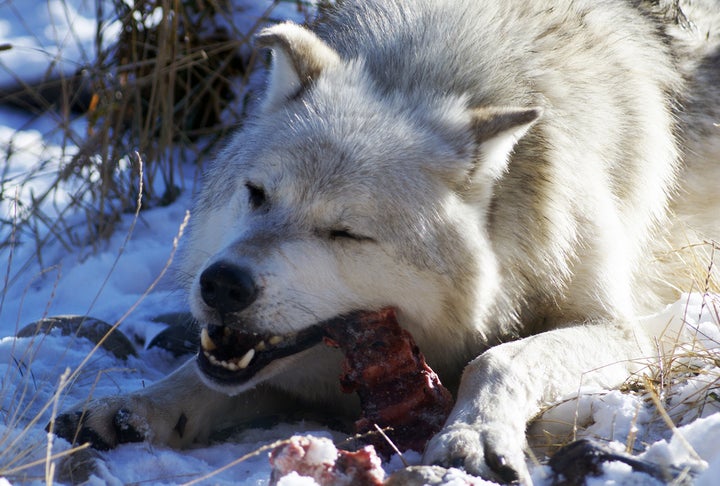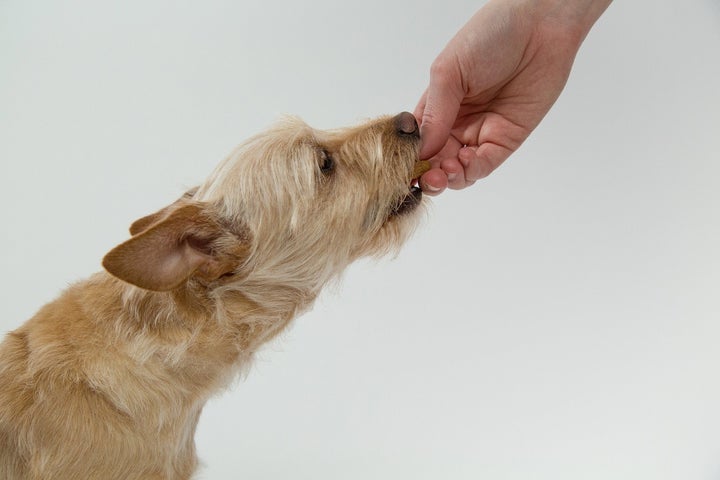Gone are the days of simply throwing a dog a bone or tossing out the scraps. These days pet food is gourmet, designer, and organic. Food conscious pet owners are not only being selective about what they eat, they’re also picky about what Chloe the cat dines on. And they’re willing to sacrifice certain luxuries for the benefit of their beloved pets.
A report by Nielsen indicates that at least 55 percent of American and French pet owners claim that should they have to tighten the financial belt, they would be willing to give up chocolate in order to afford high-quality food for their pets; and 43 percent of American pet owners would trade in their Netflix subscription.
Here’s a look at the most popular and growing pet food trends that owners are willing to fork out money on or lose their web-based television shows for.
Humanization of Pet Food

For many pet owners, their pets are part of the family. They refer to them as their “children” or “fur babies.” It’s no surprise then that the humanization of pets has spilled over into the pet food industry.
Pet foods are now paralleling human food due to a sharp increase in demand from owners for food that addresses the same issues that they are concerned about in their own diets. In recent years we’ve seen a shift in the diets of pets to organic and natural, premium, free of genetically modified organisms (GMOs), grain-free, and low-carb.
Even marketing and labeling has become humanized, depicting photos of mouth-watering steaks, pink salmon, and carrots and broccoli bursting in color. Adding trendy or exotic ingredients like game meat, bison, and lobster is another way of creating food that appeals to consumers. Making pet food look like human food is becoming big business.
Clean Labeling

Pet owners no longer toss a can of dog food into the shopping cart absent-mindedly. They’ve become super conscious of labels when it comes to what they put into their own bodies and that of their pets. Pet food manufacturers are aware of this trend. Innova Market Insights recorded that more than 80 percent of global pet food launches from September 2015 – 2016 were marketed on a health platform of some kind.
Owners are scrutinizing labels to check that food contains no additives or preservatives, are vitamin and mineral enriched, high in protein, organic, gluten-free, and GMO-free. Genetically modified foods are a hot topic, not only for human food, but the Nielsen report listed it as the number one issue that pet owners are concerned about.
Raw Food

Raw diets for dogs have been around for a while and continue to grow in popularity. Whereas the humanization of food is shortening the gap in the similarities between how humans and their pets eat, raw diets are taking animals back to their ancestral roots. If you think about it, the original diet of a canine involved anything they hunted and ate in the wild — uncooked, bones and all.
Advocates for a raw diet feel strongly that dogs were not created to eat cooked, processed, and preservative-loaded food. So they’re going raw, and that means anything from a whole chicken carcass or buying prepacked and frozen foods that are made only from raw ingredients.
Raw diets consist of two types: the BARF Model (which stands for Bones and Raw Food or Biologically Appropriate Raw Foods) that adds fruits and vegetables or the Prey Model which uses only meat. If you're interested in learning more about raw diets or finding the best raw dog food brands, head over to Primal Pooch.
Designer Pet Food

If you think there are already a head-spinning number of pet food categories to choose, the industry is drilling down into even more niches. It’s no longer just for puppy, mature, sensitive tummy, hairball control, weight control, etc. Now you can find gluten-free, probiotic and prebiotic, omega-3 fatty acids, food for diabetic animals…the list goes on.
And if that’s not specialized enough, there’s another trend that’s becoming popular — customized pet food. Companies like pawTree and The Farmer’s Dog are creating tailor-made recipes that meet the nutritional needs, dietary requirements, and taste preferences of your pet. These types of pet food suppliers can take into account the breed, age, gender, allergies, and add supplements to boost the immune system or alleviate conditions like arthritis — all delivered to your door.
Sophisticated Snacks

It seems jerky and rawhide treats are no longer good enough. No matter how many cartwheels their dog does, a growing number of pet parents feel they will select healthy or functional treats like dental chews over unhealthy ones.
In 2014, pet treats made up 16 percent of pet food spending in the United States and premium dog snacks are enjoying a rise in sales. Brands like Charlie Bear Dog Treats are producing tasty healthy treats and, for the socially conscious, profits from Newman’s Own Dog Treats go to charity. TurboPUP have a range of snacks marketed as “complete K9 meal bars on the go” that are designed to provide energy for active dogs when you’re out and about.
The trend towards healthy pet food is skyrocketing. Most pet owners love their fur babies so much that they’ll spare no expense in doing whatever it takes to keep them by their side for as long as possible.
Deevra Norling is a freelance writer who also moonlights as a professional pet sitter.
